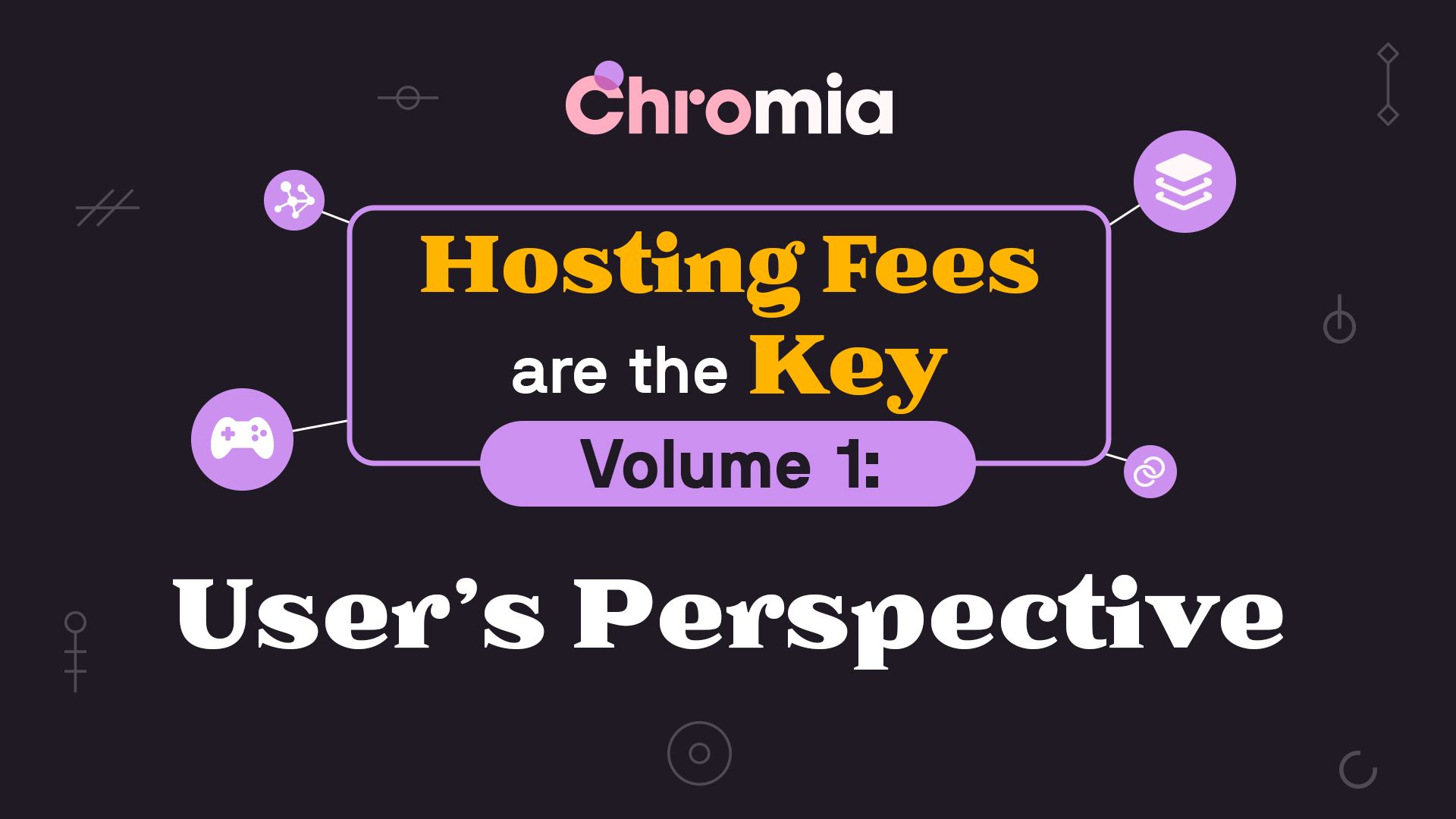This post is the first in a series of three articles discussing the advantages of Chromia’s hosting fee model. For additional information, refer to page 23 of the Chromia Whitepaper.
On-boarding to Web3 can be a complicated, multi-step process:
- You have to download and set up a wallet, and store your private key.
- You have to acquire a blockchain’s native token to pay for transactions.
- You may need to acquire various other tokens for the particular dapp you want to use.
For new users, the first step alone can make it hard to simply ‘get into the game’. Even once you have your wallet set up and your private keys safely stored away, the UX of blockchain leaves much to be desired. Chromia’s design works to remove these initial barriers and make the UX significantly smoother, by adopting a model that is different from the vast majority of blockchain platforms.
Most blockchains require you to pay transaction fees every time something needs to happen on-chain. These fees are paid in the native token of the network. For example, if you want to play a blockchain game that runs on Binance Smart Chain you need to pay a small amount of BNB every time something happens on the blockchain. Buying an NFT in-game? Pay a fee. Trading tokens with another player? Pay a fee. Acquire digital assets by opening a treasure chest? You guessed it - time to pay a fee.
Every time you, the user, do something that alters the state of the blockchain, you have to pay to have it executed and recorded. This makes blockchain very difficult to use as we can make 10s, if not 100s of alterations to a database in a simple internet or gaming session.
Consider social media, if everytime you wanted to “like” a comment, you had to pay, and confirm it in your wallet, and make sure you had enough gas, you probably wouldn’t like too many comments. Fees become a source of friction.
On Chromia, the model is flipped on its head - instead of users paying, dapp developers pay network providers in CHR to host their dapp. In turn, the developer finds other ways to generate revenues within their business model and/or dapp.
This makes it easier to bring people in the door, allowing them to try out a dapp (perhaps not even realizing that it has blockchain underpinnings). Once users are comfortable and want to explore more advanced features, they can learn more about the nuances of Web3 and “jump into the deep end”.
Hosting fees take inspiration from the tried-and-tested Web2 model, where we find things like free trials, subscription models, credits, and so on. This model facilitates the development of an ecosystem that has the best of both worlds; the decentralization of blockchain with the ease of use of Web2.
It can be hard to imagine a different way of doing things, until someone tries a new approach. People used to manually crank their cars before starting them, phone calls were routed by hand, and so on. Just as those inconveniences are now a distant memory, so too will the UX of blockchain become smoother and more user-friendly, and we’re sure that improving the way gas and fees are structured is a key part of that.
Join us next week for part 2, when we explore how hosting fees can benefit developers and entrepreneurs!
About Chromia
Modern society runs on data and every online service you’re using is built upon underlying databases - ranging from your online bank to music streaming and gaming. Chromia is a relational blockchain - a combination of a relational database and a blockchain - making it easy to develop user-friendly decentralized apps for almost any industry, including DeFi, NFTs, gaming, and more.
Website | Twitter | Telegram | Facebook | Instagram | Youtube | Discord

